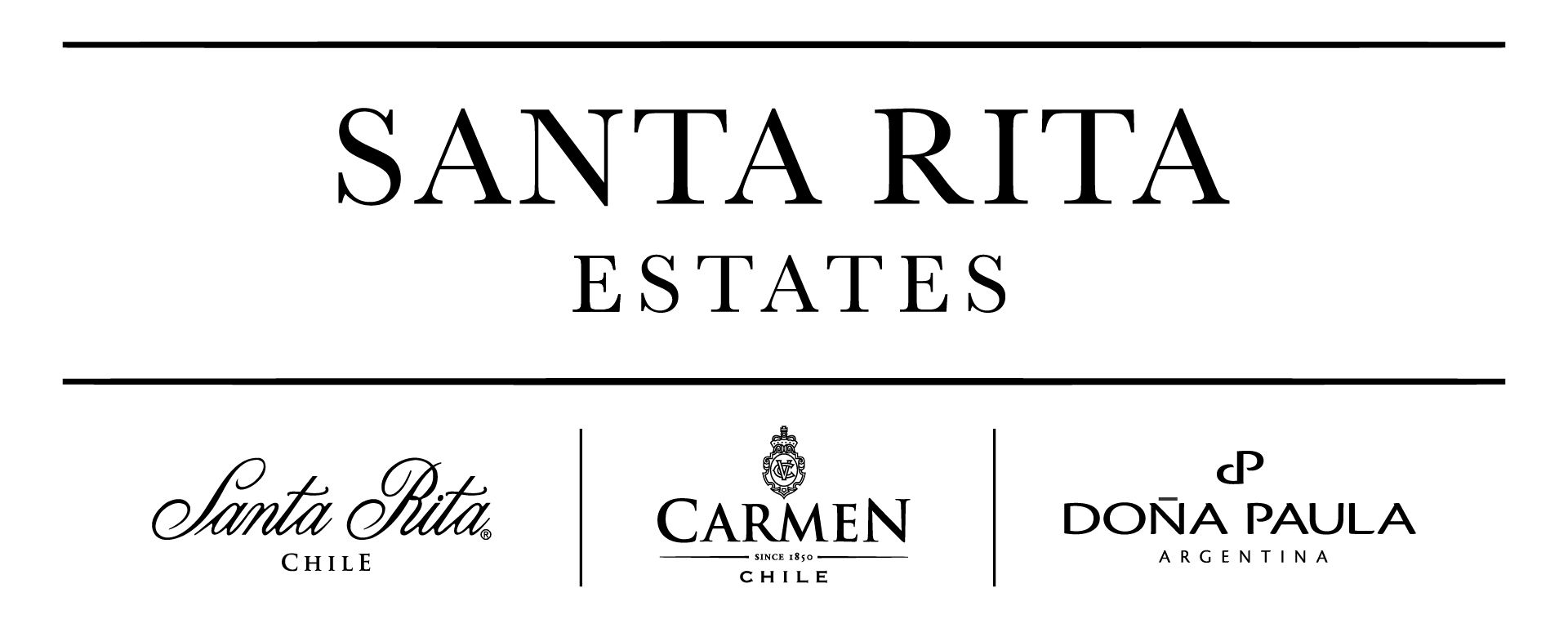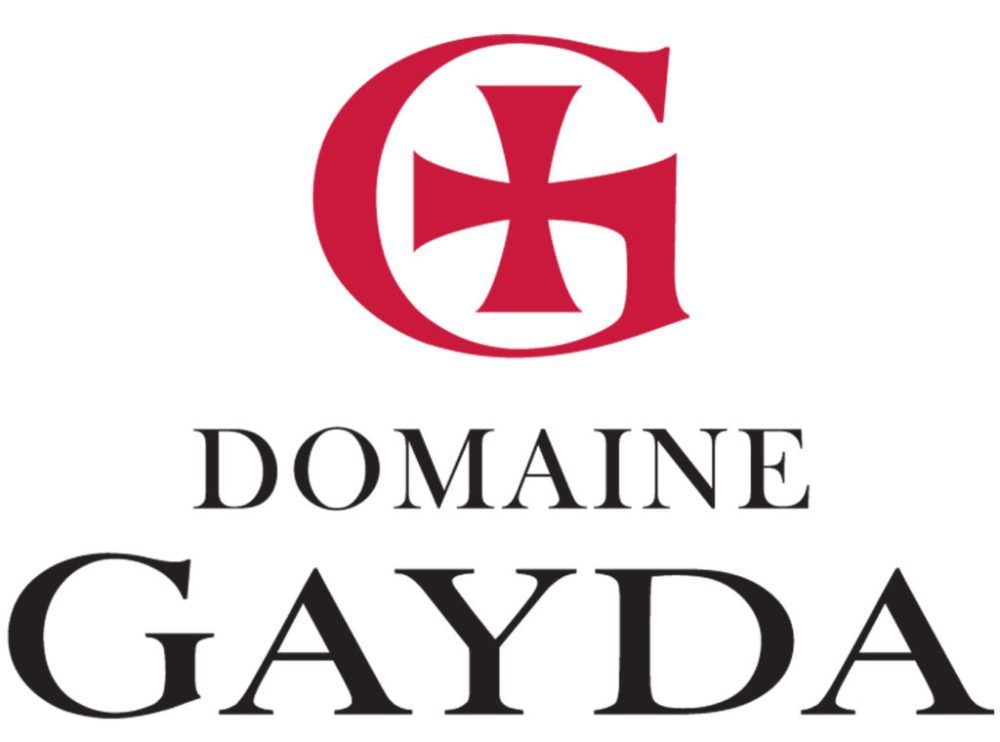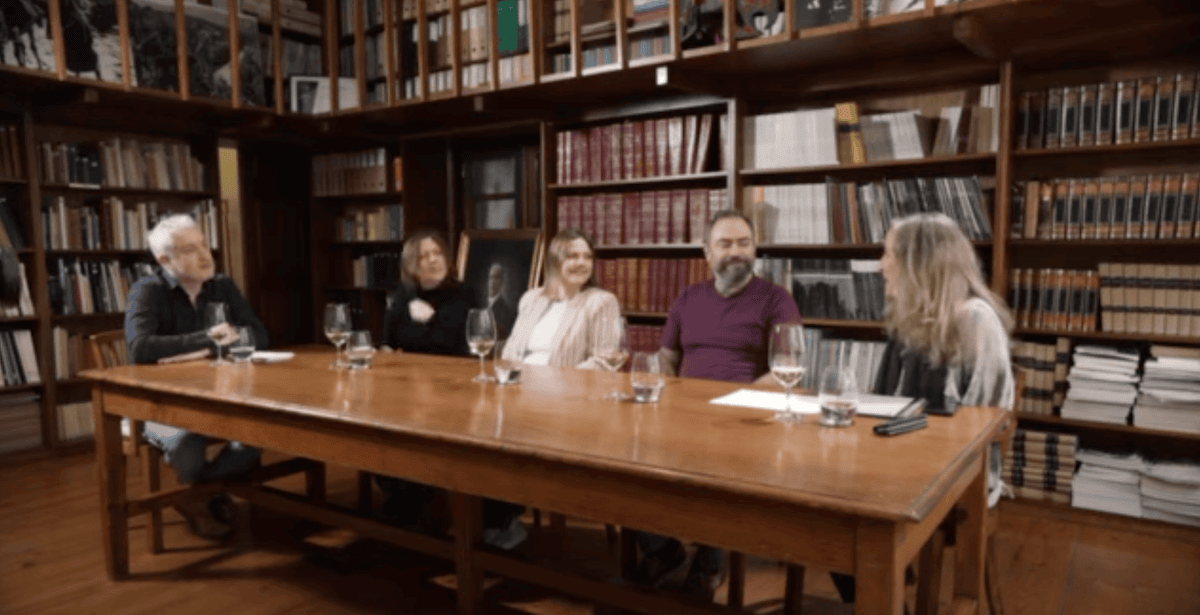2024 is my 42nd Bordeaux en primeur campaign and it’s certainly one of the most challenging vintages that I have seen in my career in the wine trade.
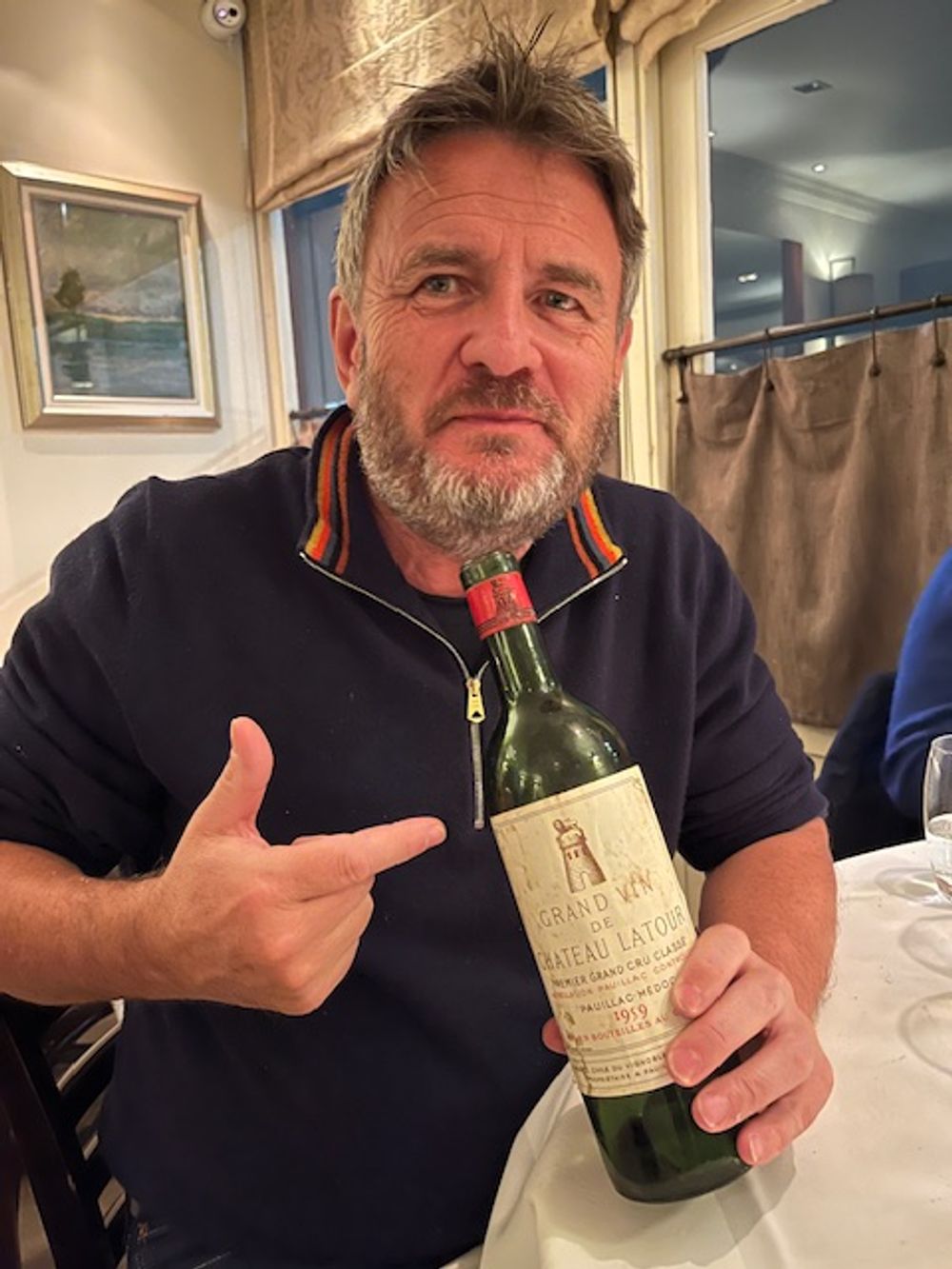
Stephen Browett and his birth-year bottle
Before we get on to the vintage itself, let’s talk about the market. Because it is undeniable that, more than any other factor, Bordeaux en primeur tends to be priced by market conditions at the time of release. Well, quite simply, the market is terrible. Unless proprietors want to put their heads in the sand (it’s happened before, and maybe some will again?) we are facing some hugely negative issues in the Bordeaux wine trade.
Prices of immature Bordeaux wines have been falling for the past two years.
Most Bordeaux negociants are over-stocked and paying interest to the banks while the value of their inventories declines. They are not in a position to finance the vintage.
Most UK merchants are losing money. They are not in a position to buy for stock.
The Chinese market for fine wine has virtually disappeared. They will not be buying.
The “Trump Tariffs” mean that US merchants have no idea what taxes they will have to pay when the wines are available for delivery, so are unlikely to be buying.
All these factors mean one thing. The Bordeaux trade really needs these wines to sell. This vintage is going to have to be extremely well priced when it is released. If it isn’t, the châteaux will have to keep it.
I fully expect that most wines will be released at lower prices than those at which the consumer can buy the same château in any other vintage. We should see good classed growths for sale from not much more than £20 per bottle. Second growths at under £50 per bottle and the price of some first growths (for the first time in a decade) starting with a “2” per bottle. So, given that prices are going to be low, what about the vintage?

Bordeaux 2024 is the 'year of sorting'
Well, it was a very tricky year for the winemakers of Bordeaux. If you sat back and let nature take its course, you had serious problems in the vineyard. And, if you made wine from all the grapes that you picked, then you had something as potentially poor as 2013. The amazing thing, however, is that some châteaux rose to the challenge and made some very attractive wine that will make for good early drinking.
First of all, it was essential to treat the vineyards (properties such as Domaine de Chevalier decided to abandon their “organic” principles for a year in order to save the harvest). Secondly, you to had to make massive selection decisions. If there is a buzz word for Bordeaux 2024, then it is “sorting”.
Under-ripe and over-ripe fruit had to be rejected by pickers in the vineyard (we heard stories of plots taking three times as long to harvest as normal). Further sorting had to take place before the fruit was sent to the wineries. Once received in the chai, the fruit had to be sorted manually, often again by optical sorting machines and, for those who could afford them, the latest technology to be employed was densimetric sorting machines that eliminated berries that didn’t reach the required ripeness levels.
Most winemakers then had to add sugar (chaptalisation) to beef up the concentration of their wine, while others used bleeding (saignée) or reverse osmosis to remove water from the musts. Further selection meant that many growers produced more second wine than first wine and that less good vats were often sold off in bulk. Some châteaux have produced a fraction of a normal crop in order to maintain quality. Normally this is a recipe for higher prices – not this year!
We heard many stories of how the final yields – the amount of grape juice actually used to make the wines – were as little as half the amount that was actually produced by the vines in the vineyard.
The silver lining this year is the excellent quality of the dry white wines and Sauternes. After Haut Brion Blanc our Master of Wine, Thomas Parker, selects Domaine de Chevalier Blanc as his wine of the vintage.
But if you like to purchase a few cases of claret every year en primeur, don’t despair. All the sacrifices and expense incurred by the best producers to be successful in 2024 have resulted in some very decent red wines and – if the prices turn out to be as low as we hope - then there will be wines to buy. This is my “top ten” pick of wines from across the region at a range of price points.
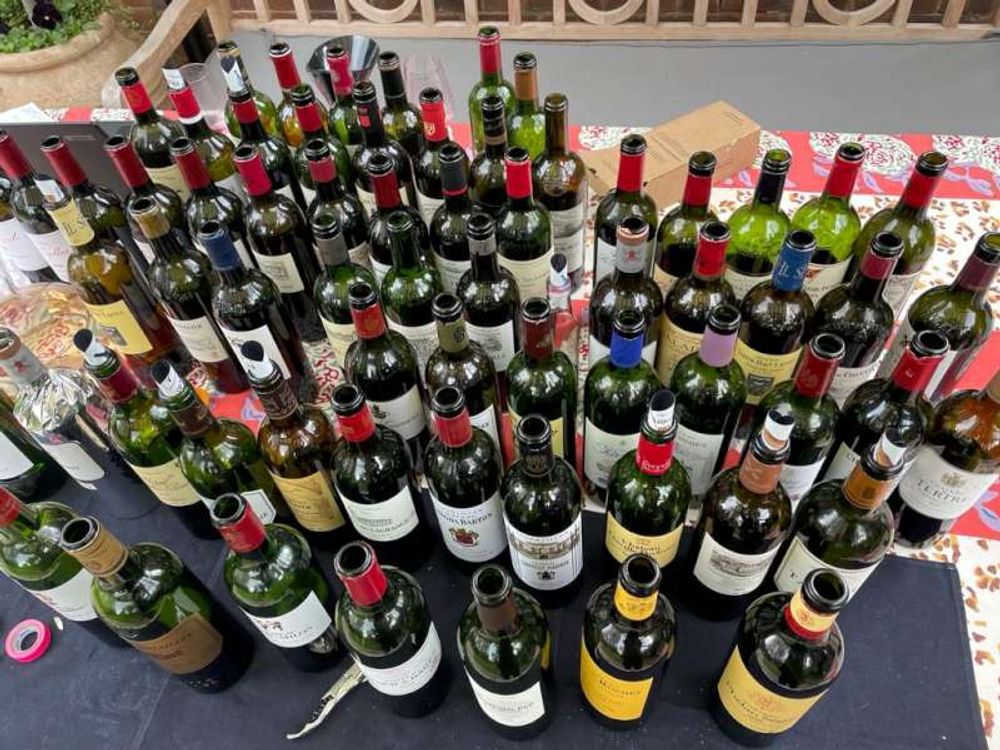
L’Eglise Clinet – this simply does not look like, smell like or taste like a 2024 Bordeaux. The finest wine that we tasted on the right bank this year. They even had a normal yield and alcohol level. Unreal for the vintage. (Estimate £1,800–£2,250 per dozen)
Montrose – if any wine tastes like a first growth then this is it. In fact, I think that this is better than the first growths this year. Huge efforts were made here to make the best quality possible from only the heart of the estate. Just one third of the crop is in this “grand vin”. (Estimate £1,000–£1,280 per dozen)
Canon – in the same way that Montrose is of first growth quality on the left bank, then so is this on the right bank. The neighbours at Figeac, Pavie, Angélus and Ausone may match this for scores (or maybe not?), but Canon trumps them on price. (Estimate £780-£960 per dozen)
Les Carmes Haut Brion – a genuine contender for wine of the vintage in recent years and in 2024 they may well have done it. A very special early-ripening vineyard. Exhaustive sorting processes, inspired, unique and downright brilliant winemaking. (Estimate £680-£850 per dozen)
Lynch Bages – powerful and classically Pauillac in style. Incredible depth for the vintage and we expect this to be the lowest priced vintage in the market for this benchmark claret. (Estimate £600-£760 per dozen)
Rauzan Ségla – there are three great estates at the heart of Margaux – Château Margaux, Château Palmer and this one. We couldn’t decide which we liked the best, but the price here makes Rauzan the “no-brainer”. (Estimate £520-£650 per dozen)
Léoville Barton – proper Saint Julien. This château is always generously priced on release, and we could see a sub £50 a bottle “super-second growth” here. (Estimate £500–£620 per dozen)
Domaine de Chevalier – as the prices at neighbours Smith Haut Lafitte and Haut Bailly drift away, we were once again reminded of the consistent great quality here - and the Bernards have promised us that it will be very reasonably priced. (Estimate £400-£500 per dozen)
Les Cruzelles – this tastes like a Pomerol in a very good vintage. A resounding success for 2024 and you simply cannot buy a better right bank wine for the price. 13.6% ABV and 100% natural sugars. (Estimate £150-£185 per dozen)
Montlandrie – no apologies for another Durantou wine in the list. Dark and serious with an incredible quality to price ratio. It is a simple fact that there is no better wine in Bordeaux at a lower price than this. (Estimate £125–£155 per dozen)
Further information
The en primeur section of Farr's website is now live and you can read its full report on the vintage, written by Thomas Parker MW.





